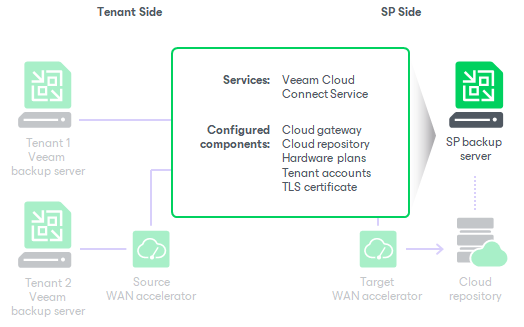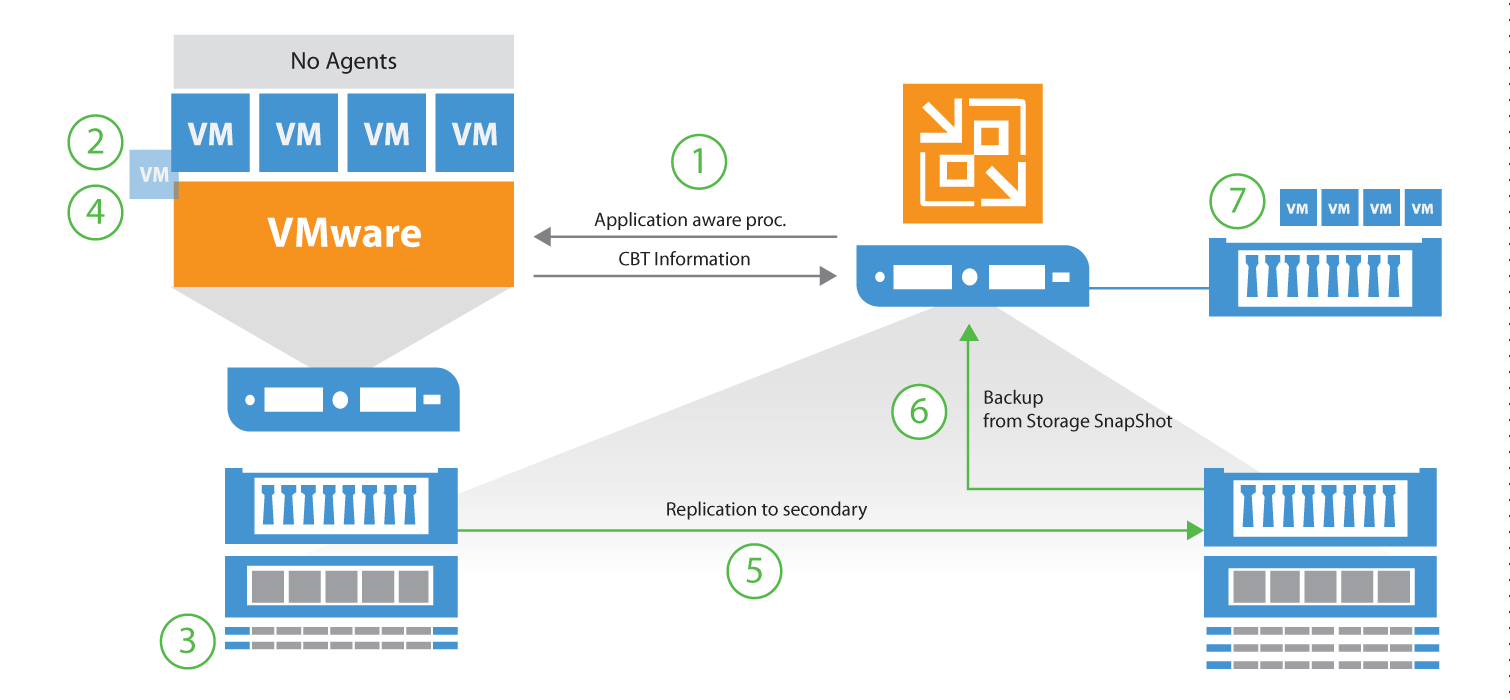

It can take a good amount of CPU and RAM to perform the actual backup, so if you can do it without affecting everything else from a CPU and RAM perspective and avoid unnecessary vMotion events, that is a positive. In addition to the reasons above, a benefit of the backup infrastructure (including the backup server, proxies, repositories, etc.) being physical is to avoid any “skew” of vSphere DRS during the backup window. I’ve generally encouraged people to make the Veeam backup infrastructure physical if there is only one vSphere Cluster. Think through and test thoroughly your DR plan.
#Veeam backup server install#
Install Veeam Endpoint Backup FREE to protect the Veeam Backup server (if required to have a complete backup image of it).

More protection options ‒ back up or replicate the entire VM (the backup server VM) with Veeam. Use configuration backup or remote SQL server to protect data.

Here are some benefits of both having a virtual and physical Veeam backup server: Benefits of physicalīest practice for any disaster recovery (DR) solution: Your DR system should not rely on the system – it is designed to protect and recover.Įnables 100% virtual data center (or gets you there closer). There are a lot of discussions on whether to have the backup server physical or virtual, and here it’s also very difficult to make a specific recommendation. Physical or virtual: Where to install your Veeam Backup Server? Additionally, don’t omit the memory requirements for other roles should they be on the backup server (Proxy, repository, WAN Accelerator, etc.).
#Veeam backup server plus#
You can find these requirements in the Veeam Help Center, and the important thing to remember is to have a base of 4 GB RAM plus 500 MB RAM for each concurrent job. Allocate plenty of memory on the backup server.Other factors like number of sites, security zones and business requirements may introduce non-technical reasons to have more servers however. There are no hard or soft limits, but this becomes a good working number for how many VMs you can protect in one console. A few thousand VMs per server are reasonable.This makes the point above a lot cleaner for installations with many jobs and the preference to have only one console. v9 removed the limit of 100 jobs in a backup server.For very small environments, these may make sense to keep around, but for any installation of size let the backup server do its job of managing the jobs and other components rather than doing the actual work of backing up. Disable the default roles of making the console a proxy and repository.Here are some best practices for the backup server in VMware environments: The Backup Server is the main role where Veeam Backup & Replication is installed, and there are a number of tips you can use to have a good experience with this critical component. Best practices for Veeam Backup Server configuration Additionally, be sure to watch the announcements coming for Veeam Availability Suite v9.5, as new features will roll out there to help deliver more Availability for your vSphere environments.
#Veeam backup server series#
That being said, we’ve decided to release a few key points here in a blog series from this session from last year, to share the knowledge and ramp up for VeeamON 2017.

This was without a doubt one of the most popular sessions from VeeamON 20, and I can’t wait to see what the 2017 edition will look like! One thing that we do know for sure is that when Gostev presented VT-466 VMware Backup Best Practices: 2015 Editionthere was something for everyone to learn. When it comes to deciding what are can be considered “BEST” practices, a lot can be up for interpretation. Ch.1 - Backup Server placement and configurationĬh.2 - Backup proxies and transport modes


 0 kommentar(er)
0 kommentar(er)
